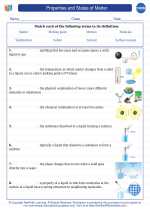Key Aspects of the James Webb Space Telescope
1. Primary Mission
The primary mission of the JWST is to observe the universe in the infrared, which will allow it to study the formation of the first galaxies, stars, and planets. It will also be able to peer through the dust clouds that obscure visible light, providing a clearer view of objects such as newborn stars and exoplanets.
2. Components
The JWST has a large, segmented mirror with a diameter of 6.5 meters, made up of 18 hexagonal segments. These segments can be individually adjusted to maintain the telescope's precision. It also has four main instruments: the Near InfraRed Camera (NIRCam), the Near InfraRed Spectrograph (NIRSpec), the Mid-InfraRed Instrument (MIRI), and the Fine Guidance Sensor/Near InfraRed Imager and Slitless Spectrograph (FGS/NIRISS).
3. Orbit and Location
The JWST will be placed in an orbit around the second Lagrange point (L2), which is located about 1.5 million kilometers from Earth. This location provides a stable thermal environment and allows the telescope to observe the universe without interference from Earth's heat and light.
4. Scientific Goals
The JWST aims to address a wide range of scientific questions, including the formation of the first galaxies, the birth of stars and planetary systems, the potential for life on exoplanets, and the composition of exoplanet atmospheres.
5. Collaboration
The JWST is an international collaboration between NASA, the European Space Agency (ESA), and the Canadian Space Agency (CSA), with contributions from scientists and engineers around the world.
Study Guide for the James Webb Space Telescope
1. Infrared Observations
Describe how the JWST's ability to observe the universe in the infrared will enhance our understanding of celestial objects. Compare and contrast the advantages of infrared observations with those made in the visible spectrum.
2. Optical Design
Explain the design and function of the JWST's segmented mirror. Discuss the significance of the mirror's size and the advantages of its segmented structure.
3. Orbit and Thermal Control
Investigate the reasons behind placing the JWST in an orbit around the second Lagrange point (L2). Analyze the challenges of maintaining the telescope's thermal stability in deep space and the methods used to overcome these challenges.
4. Scientific Objectives
Explore the specific scientific questions that the JWST aims to address. Discuss the potential impact of the telescope's observations on our understanding of the universe and the potential implications for fields such as astronomy, astrophysics, and planetary science.
5. International Collaboration
Research the contributions of NASA, ESA, and CSA to the development and operation of the JWST. Investigate the benefits of international collaboration in large-scale space missions and the implications for global scientific advancement.
.◂Chemistry Worksheets and Study Guides High School. Properties and States of Matter
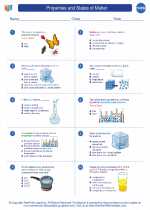
 Worksheet/Answer key
Worksheet/Answer key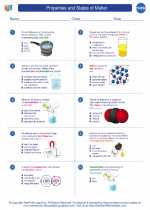
 Worksheet/Answer key
Worksheet/Answer key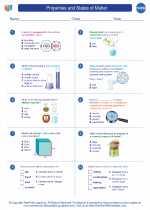
 Worksheet/Answer key
Worksheet/Answer key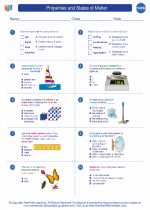
 Vocabulary/Answer key
Vocabulary/Answer key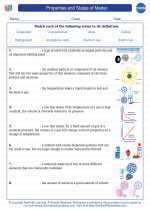
 Vocabulary/Answer key
Vocabulary/Answer key
 Vocabulary/Answer key
Vocabulary/Answer key